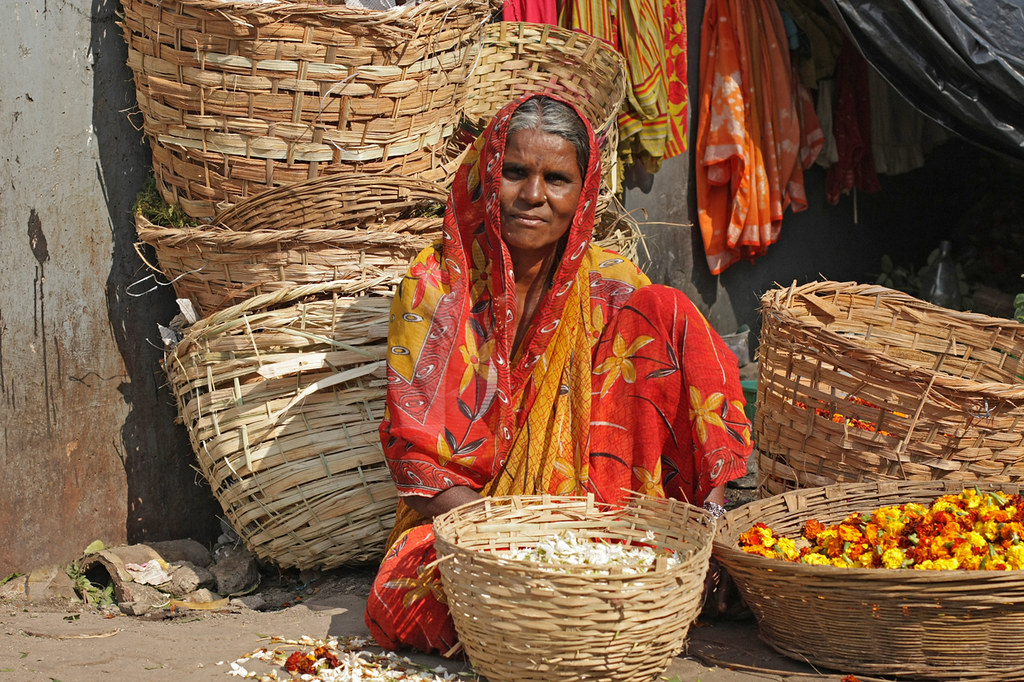
The Nagorno-Karabakh conflict is an ethnically charged territorial dispute between Armenia and Azerbaijan. Nagorno-Karabakh is a contested region by both countries with an ongoing conflict that has lasted for over three decades, with two wars in the early 1990s and 2020. Ethnic Armenians predominantly populated this region until 2023. As of 2023, the Nagorno-Karabakh conflict has resulted in the displacement of 100,000 individuals who have sought refuge in Armenia. This exacerbates the strain on an already insecure economic situation. Furthermore, this influx of displaced persons has created food insecurity in Armenia, adding significant pressure to the country’s fragile economy.
The Current State of Poverty in Armenia
According to UNICEF, one out of every three children in Armenia resides in impoverished conditions. Additionally, “recent data from 2017 (34.2% child poverty rate, with 2% extreme child poverty rate) is showing that there was no reduction compared to the lowest level of poverty in 2008.”
The World Food Programme’s (WFP) fifth Food Security and Vulnerability Assessment (December 2022 to January 2023) unveiled concerning statistics regarding Armenia’s food security situation. It revealed that 30% of households in the country were grappling with food insecurity. An additional 44% of the surveyed households fell into the category of marginal food secure. This implies that more than half of the population remains susceptible to food insecurity. Only one in every five households in Armenia, or 20%, fell into the category of food secure.
These findings underscore the nature of the food security challenge in Armenia, requiring targeted interventions and policies to address the specific needs of vulnerable groups and regions.
Action Against Hunger
There has been an increase in organizations providing assistance to Armenia in light of its present circumstances. The mission of Action Against Hunger revolves around safeguarding families affected by conflict. The organization has aided Armenian citizens in need since 2018. In collaboration with local organizations, Action Against Hunger extends protective services to more than 3,000 children and their caregivers in Armenia. It goes beyond these measures by empowering people with entrepreneurship and vocational skills, facilitating connections with potential employers and alleviating food insecurity in Armenia. Furthermore, the organization offers critical support to those uprooted by conflict, delivering essential services such as health care, access to clean water and affordable housing options.
The Armenian Food Bank
The Armenian Food Bank, a humanitarian organization with a clear mission to aid Armenian refugees, has stepped forward to provide crucial assistance. Established in 2020 by Michael Avetikyan, the Armenian Food Bank Charitable Foundation has actively delivered vital humanitarian support to underprivileged families with children and veterans. In 2020 alone, this organization rendered assistance to more than 200,000 Armenian and Artsakh citizens. Furthermore, it facilitated the collection and transportation of 12 tons of humanitarian aid to Artsakh.
The World Food Programme (WFP)
In an effort to support displaced individuals in meeting their nutritional and essential requirements, the World Food Programme (WFP), with backing from the European Union, United States, France and the Belgian region of Flanders, extended cash assistance to more than 13,000 individuals in June 2021. These beneficiaries are registered on the government assistance platform and presently reside within Armenia’s borders. WFP had the opportunity to meet with several families who received cash assistance from both Armenia’s government and WFP. This assistance plays a pivotal role in making sure each individual has fulfilled their daily needs. The organization ensures that Armenians have food on their tables so that they can address other immediate needs.
Food for the Future
Organizations are redirecting their resources and focusing their endeavors on alleviating food insecurity in Armenia during the ongoing humanitarian crisis. This situation demands immediate attention to address the pressing needs of the affected population. These organizations are mobilizing their expertise, manpower and resources to provide vital assistance, including food, shelter and health care, to those grappling with the devastating consequences of the crisis. Collaborative efforts among international and local organizations, governments and communities are not only alleviating the current crisis in Artsakh but also helping Armenia build a more stable and secure future for its people.
– Susanna Andryan
Photo: Flickr
 Madagascar’s Grand Sud region, the country’s poorest area, faced severe hardship due to a devastating drought spanning from 2013 to 2015, followed by a 75% drop in rainfall in 2016, leading to a loss of 95% of crops, pushing more than a million people into food insecurity. Rainfall gaps in 2018, 2019 and 2020, compounded by the impact of COVID-19, have exacerbated this crisis.
Madagascar’s Grand Sud region, the country’s poorest area, faced severe hardship due to a devastating drought spanning from 2013 to 2015, followed by a 75% drop in rainfall in 2016, leading to a loss of 95% of crops, pushing more than a million people into food insecurity. Rainfall gaps in 2018, 2019 and 2020, compounded by the impact of COVID-19, have exacerbated this crisis.
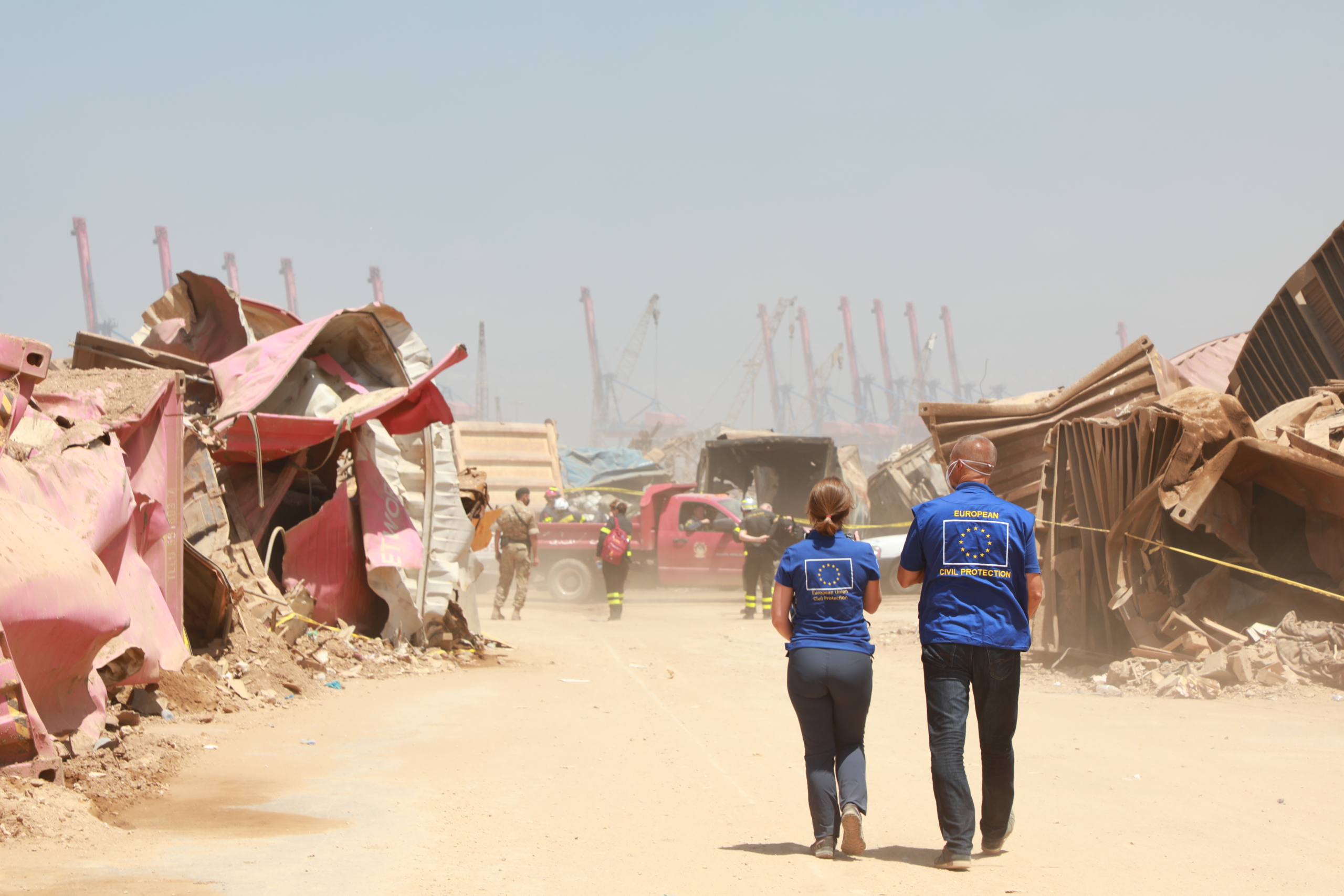
 Pakistan faces the dual challenges of food insecurity and food loss waste. Ongoing poverty, frequent natural disasters and instability in politics and the economy have contributed to undernutrition and a lack of reliable access to food for some people in Pakistan. According to the World Food Program, more than 20% of the total population in Pakistan
Pakistan faces the dual challenges of food insecurity and food loss waste. Ongoing poverty, frequent natural disasters and instability in politics and the economy have contributed to undernutrition and a lack of reliable access to food for some people in Pakistan. According to the World Food Program, more than 20% of the total population in Pakistan 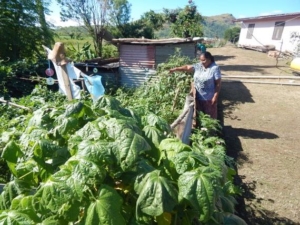
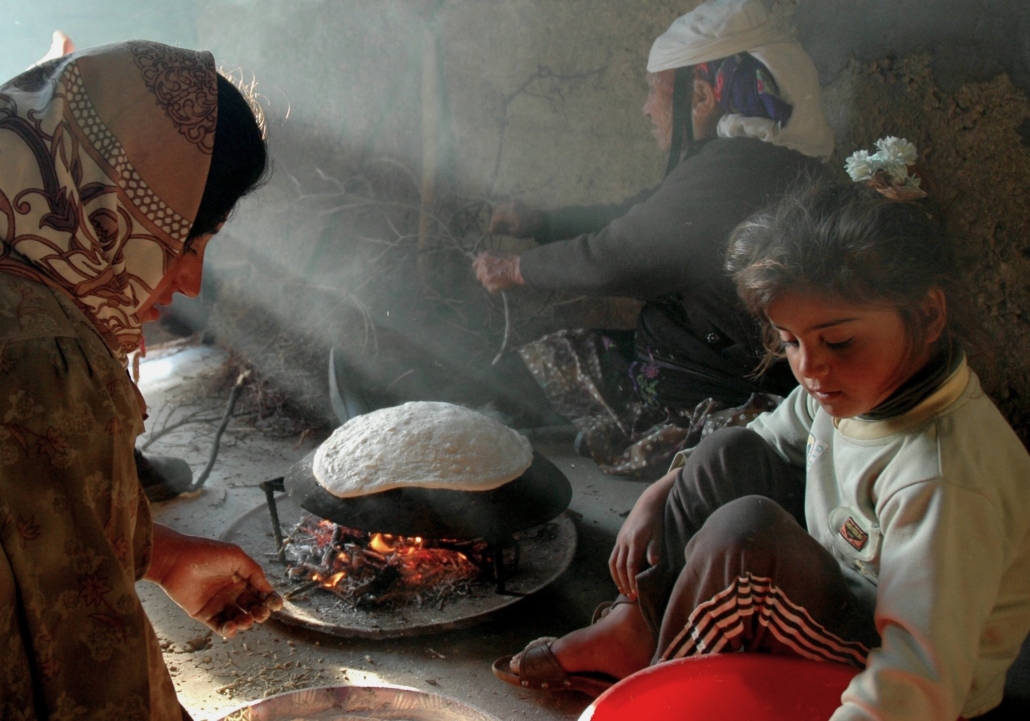
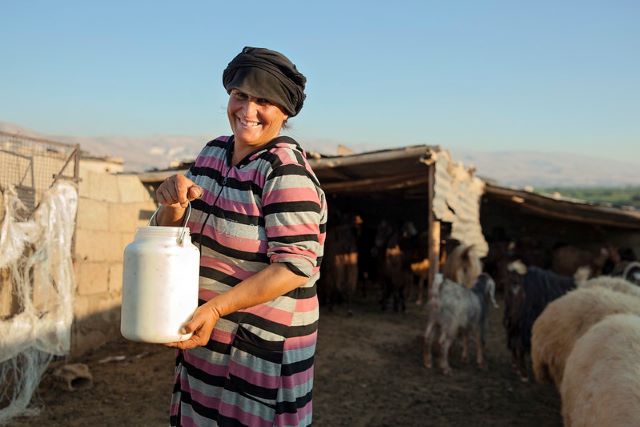 A growing movement in Lebanon has shown that community collaboration can resolve food insecurity and poverty. Community gardens in Lebanon help people to meet their food needs amid a struggling economy.
A growing movement in Lebanon has shown that community collaboration can resolve food insecurity and poverty. Community gardens in Lebanon help people to meet their food needs amid a struggling economy.